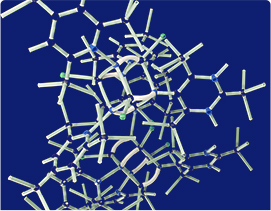Minh Tri Ho Thanh, Arun Poudel, Shabeeb Ameen, Bobby Carroll, M. Wu, Pranav Soman, Tao Zhang, J.M. Schwarz, Alison E. Patteson.

Zachary J Geffert $, Zheng Xiong $, Jenna Grutzmacher, Maximilian Wilderman, Ali Mohammadi, Alex Filip, Zhen Li, Pranav Soman ($ - co-first authors)

Arun Poudel, Puskal Kunwar, Ujjwal Aryal, Anna-Blessing Merife, Pranav Soman

Puskal Kunwar, Ujjwal Aryal, Arun Poudel, Daniel Fougnier, Zachary J Geffert, Rui Xie, Zhen Li and Pranav Soman.

Puskal Kunwar, Arun Poudel, Ujjwal Aryal, Rui Xie, Zachary J Geffert, Haven Wittmann, Tsung Hsing Chiang, Mathew M. Maye, Zhen Li, Pranav Soman

Puskal Kunwar, Bianca Louise Andrada, Arun Poudel, Zheng Xiong, Ujjwal Aryal, Zachary J. Geffert, Sajag Poudel, Daniel Fougnier, Ivan Gitsov, Pranav Soman.

Katy Pieri, Di Liu, Pranav Soman, Teng Zhang, James H. Henderson

Kairui Zhang, Courtney Ogando, Alex Filip, Teng Zhang, Jason A Horton and Pranav Soman.

Zheng Xiong, Arun Poudel, Ameya R. Narkar, Zhe Zhang, Puskal Kunwar, James H. Henderson, and Pranav Soman
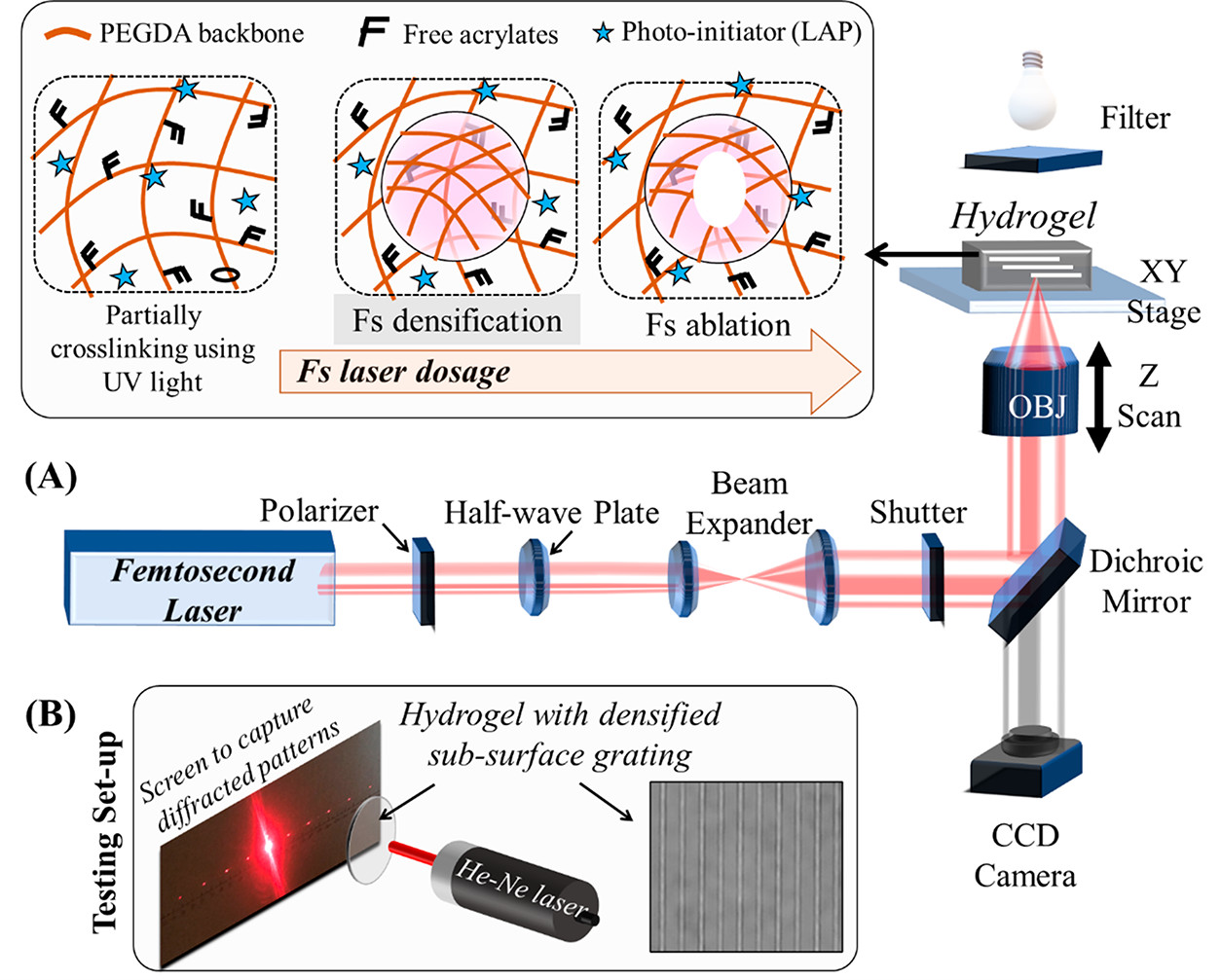
Pranav Soman, Puskal Kunwar, and Zheng Xiong.
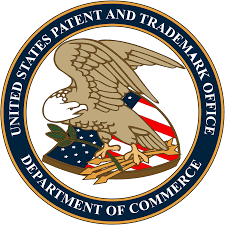
Ameya R. Narkar, Zhuoqi Tong, Pranav Soman*, James H. Henderson*.

Pieri, Katy, Bailey M. Felix, Teng Zhang, Pranav Soman, and James H. Henderson.
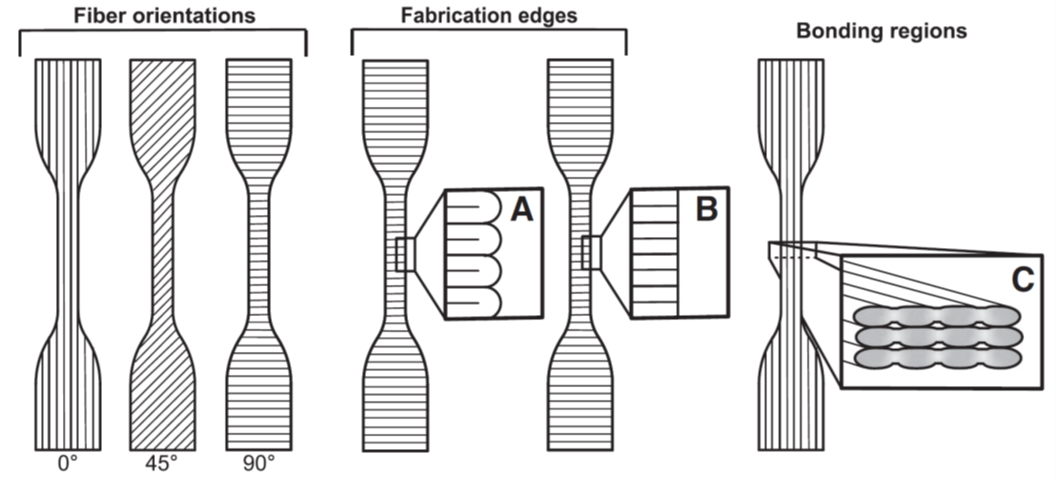
Puskal Kunwar, Mark James Ransbottom, and Pranav Soman.
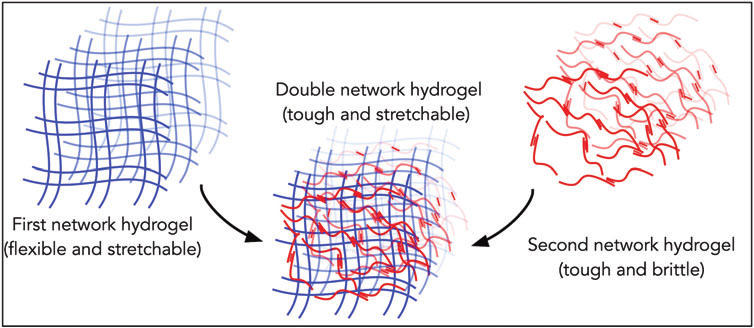
Xiong, Zheng, Puskal Kunwar, and Pranav Soman.

Puskal Kunwar and Pranav Soman
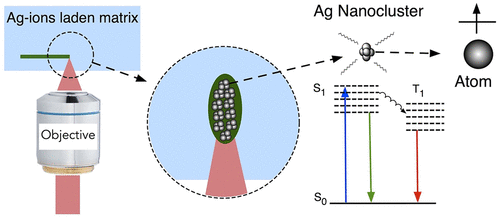
Puskal Kunwar, Alexander Vincent Stuck Jannini, Zheng Xiong, Mark James Ransbottom, Jamila Shani Perkins, James H. Henderson, Julie M. Hasenwinkel, and Pranav Soman
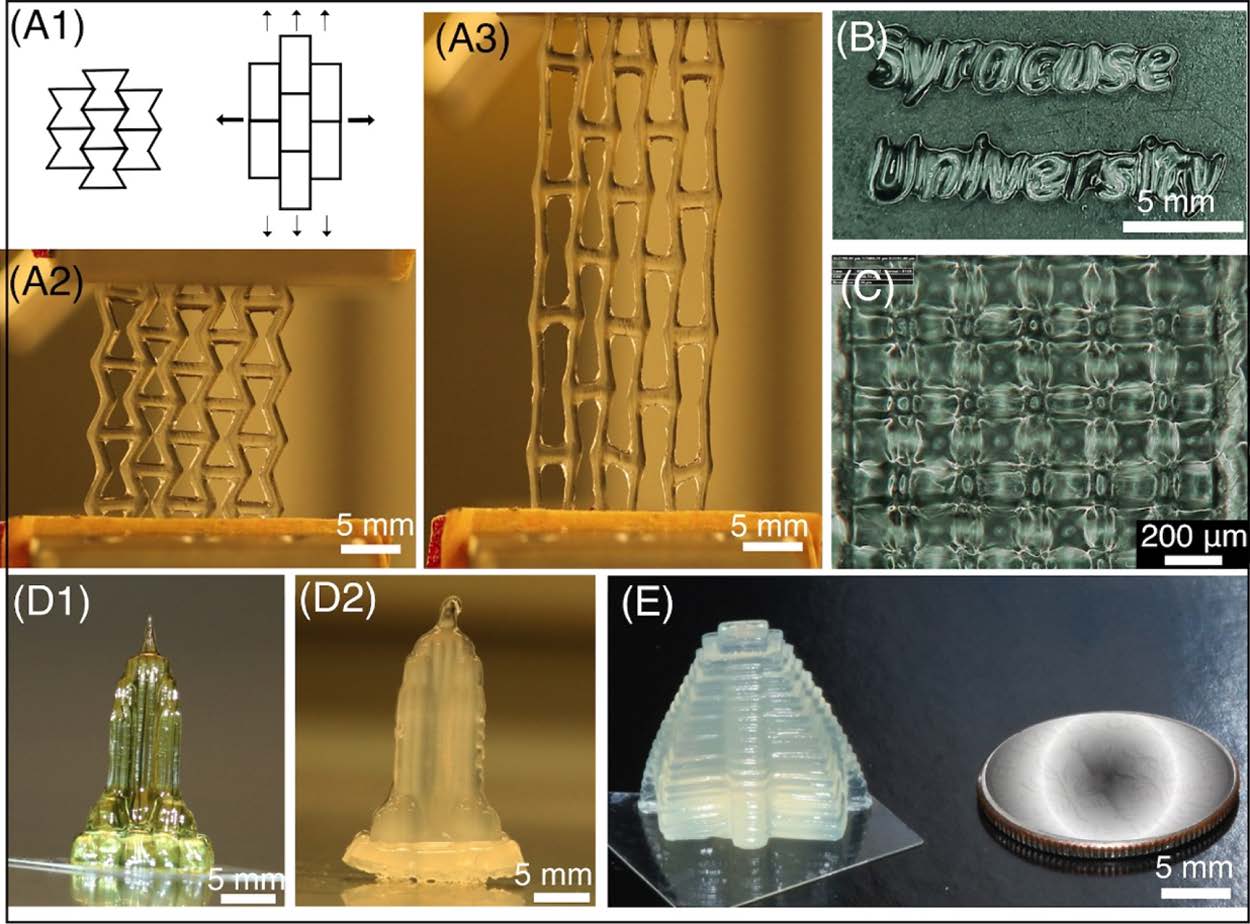
Puskal Kunwar, Zheng Xiong, Shannon Theresa Mcloughlin, and Pranav Soman
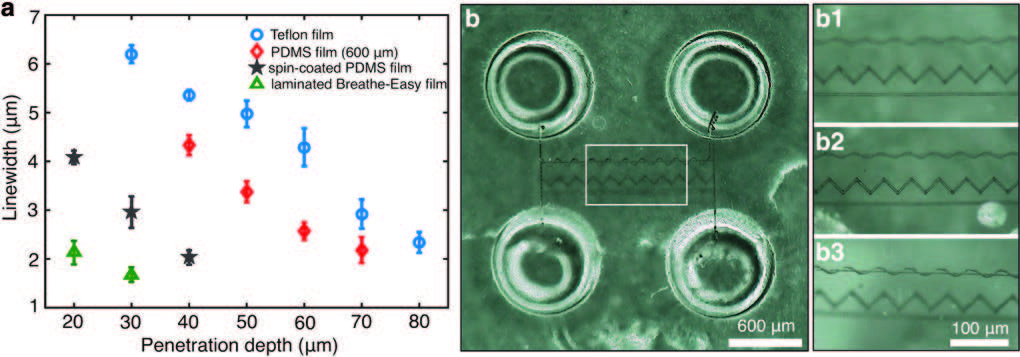
Stephen Sawyer, Kairui Zhang, Jason A. Horton, and Pranav Soman

Tackla S. Winston, Kantaphon Suddhapas, Chenyan Wang, Rafael Ramos, Pranav Soman, and Zhen Ma
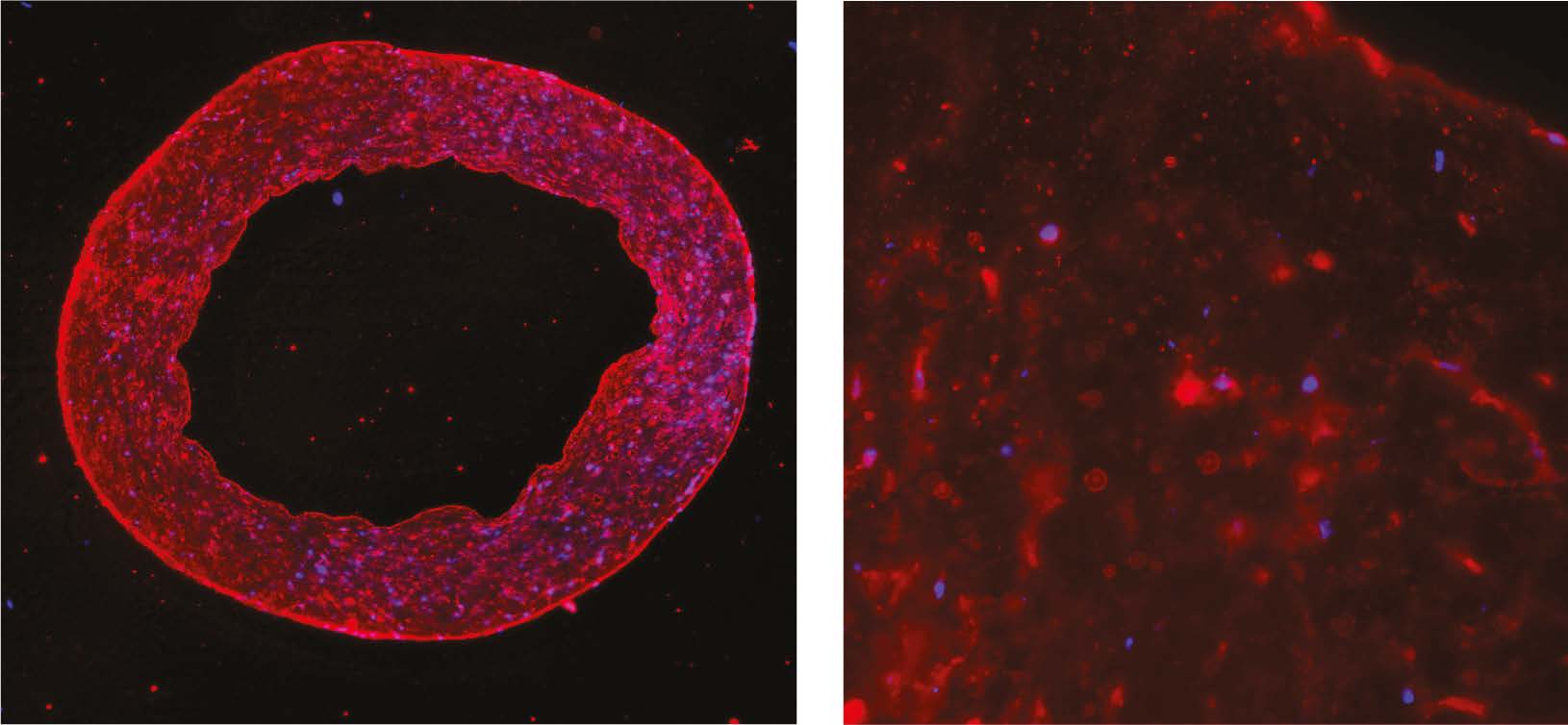
Zheng Xiong, Haiyan Li, Puskal Kunwar, Yin Zhu, Rafael Ramos, Shannon Mcloughlin, Tackla Winston, Zhen Ma and Pranav Soman

Puskal Kunwar, Zheng Xiong, Yin Zhu, Haiyan Li, Alex Filip, and Pranav Soman
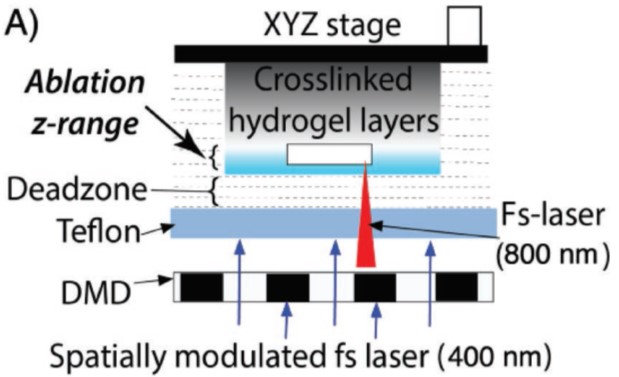
Sebastian Freeman, Rafael Ramos, Paul Alexis Chando, Luxi Zhou, Kyle Reeser, Sha Jin, Pranav Soman, Kaiming Ye

Rafael Ramos, MS, Kairui Zhang, MS,David Quinn, Stephen W. Sawyer, Shannon Mcloughlin, and Pranav Soman

Sanika Suvarnapathaki, Rafael Ramos, Stephen W. Sawyer, Shannon McLoughlin, Andrew Ramos, Sarah Venn, and Pranav Soman

Stephen W. Sawyer, Shivkumar Vishnempet Shridhar, Kairui Zhang, Lucas D. Albrecht, Alex B. Filip, Jason A. Horton and Pranav Soman
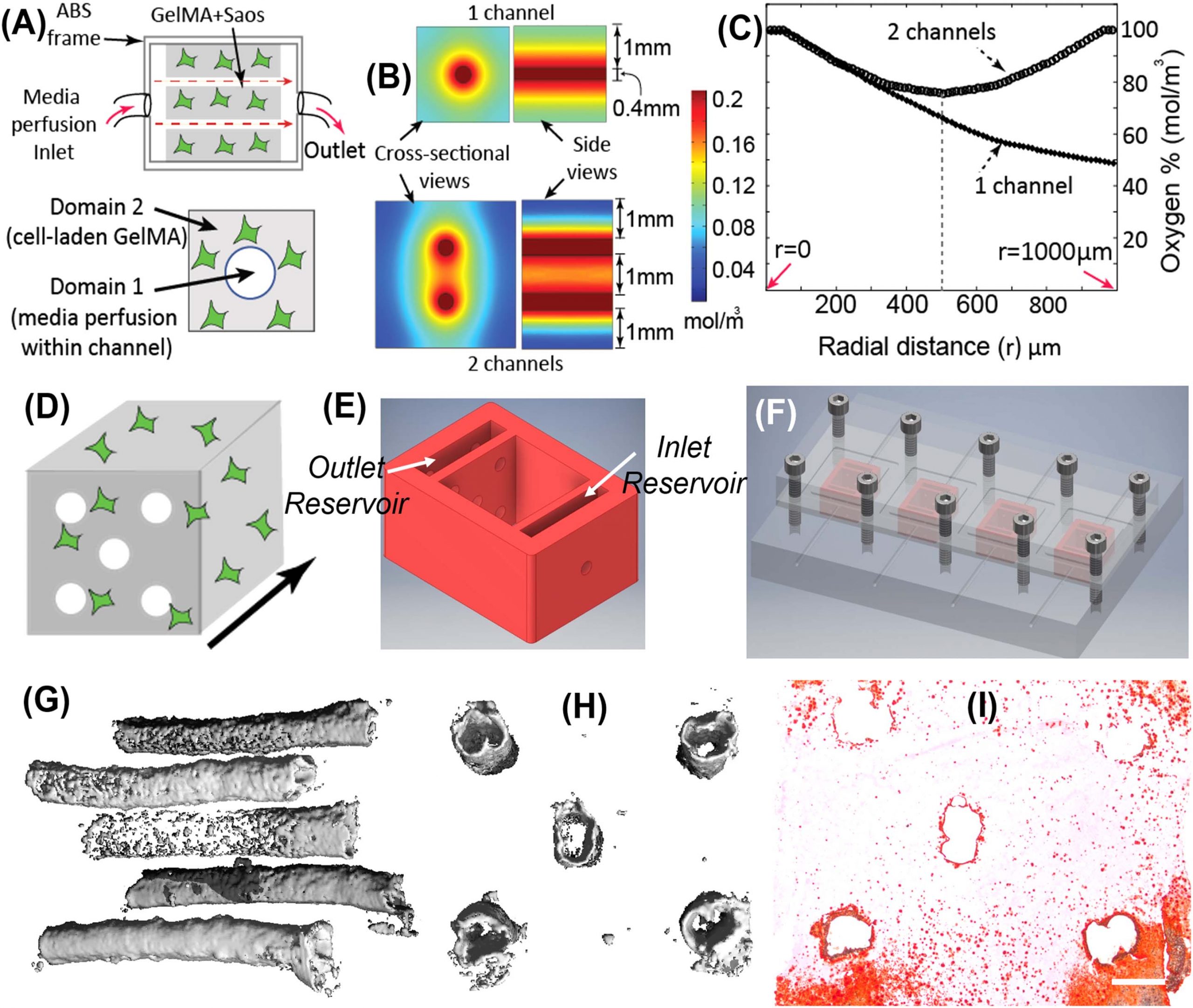
Yong X. Chen, Brian Cain, and Pranav Soman

Stephen W. Sawyer, Ping Dong, Sarah Venn, Andrew Ramos,David Quinn, Jason A. Horton and Pranav Soman

Yibo Wu, Yong X. Chen, Jiahan Yan, David Quinn, Ping Dong, Stephen W. Sawyer, Pranav Soman

John Warner, Pranav Soman, Wei Zhu, Matthew Tom, and Shaochen Chen

Jin Woo Lee, Pranav Soman, Jeong Hun Park, Shaochen Chen , Dong-Woo Cho

Stephen W Sawyer, Megan E Oest, Bryan S Margulies and Pranav Soman

Liang Yang, Shivkumar Vishnempet Shridhar, Melissa Gerwitz and Pranav Soman

Lucas D. Albrecht, Stephen W. Sawyer, and Pranav Soman

K. Ogden, C. Aslan, N. Ordway, D. Diallo, G. Tillapaugh-Fay, and P. Soman

Wu Y, Chen YX, Yan J, Yang S, Dong P, P. Soman

Chen YX, Yang S, Yan J, Hsieh M, Weng L, Ouderkirk JL, Krendel M, P. Soman

K. Hribar, P. Soman, J. Warner, P. Chung, and S.C. Chen
W. Zhang, P. Soman, K. Meggs, X. Qu, S.C. Chen
S.P.Grogan, P.H.Chung, P. Soman, P.Chen, M.K.Lotz, S.C. Chen, D. D’lima
P.Soman, P.H. Chung, A. Zhang, S.C. Chen
C. Cha, P. Soman, W. Zhu, M. Nikkhah, G. Camci-Unal, S.C. Chen, A. Khademhosseini
P. Soman, J. W. Lee, A. Phadke, S. Varghese and S.C. Chen
P. Soman, D. Fozdar, J. W. Lee, A. Phadke, S. Varghese and S.C. Chen
R. Gauvin, Y.-C. Chen, J. W. Lee, P. Soman, P. Zorlutuna, J. Nichol, S.C. Chen and A. Khademhosseini
P. Soman, BTD. Tobe, EY. Snyder and S. Chen
A. Zhang, X. Qu, P. Soman, JW. Lee, S.Chen and S.He
P. Soman, JA. Kelber, JW. Lee, T.Wright, RL. Klemke and S. Chen
D. Fozdar, P.Soman, J Lee, L. Han and S. Chen.
P. Soman, W. Zhang, A. Umeda, J. Zhang and S. Chen
P. Soman, M. Darnell, M. Feldman and S. Chen
P. Soman and C.A. Siedlecki
A. Agnihotri, P. Soman and C.A. Siedlecki
Soman, P., Rice, Z. and Siedlecki, C.A.
P. Soman, Z. Rice and C.A. Siedlecki
L.C. Xu, P. Soman, J. Runt and C.A. Siedlecki
